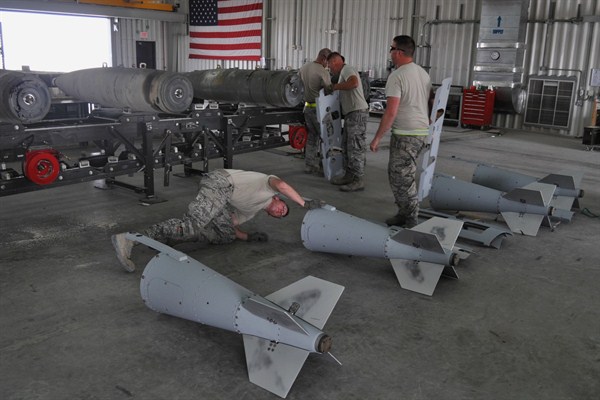Americans generally don’t think much about where their nation’s military bases are located around the world, but they probably should. For most of the past century, a pillar of U.S. strategy has been to address threats and defeat enemies as far away from the homeland as possible. This makes security partnerships and forward presence important. And that requires bases.
During the Cold War, stationing military forces abroad was a sign of commitment to allies, assuring them that America would be there if they were attacked. This helped deter aggressors. If deterrence failed, the thinking went, foreign bases would make it easier to conduct a campaign of liberation. Following the 9/11 attacks on the United States, overseas bases remained important but took on new roles, allowing persistent air attacks on terrorists and insurgents, providing a platform for U.S. special operations forces, and supporting the massive intelligence effort that fighting terrorism demands.
Still, few foreign nations really wanted a large U.S. military presence on their territory. American bases were always seen as a necessary evil, acceptable only when having U.S. troops close at hand outweighed the political costs and undesirability of their presence. This meant that a basing arrangement between the United States and a foreign partner worked best when there was a common threat perception and shared security priorities.

